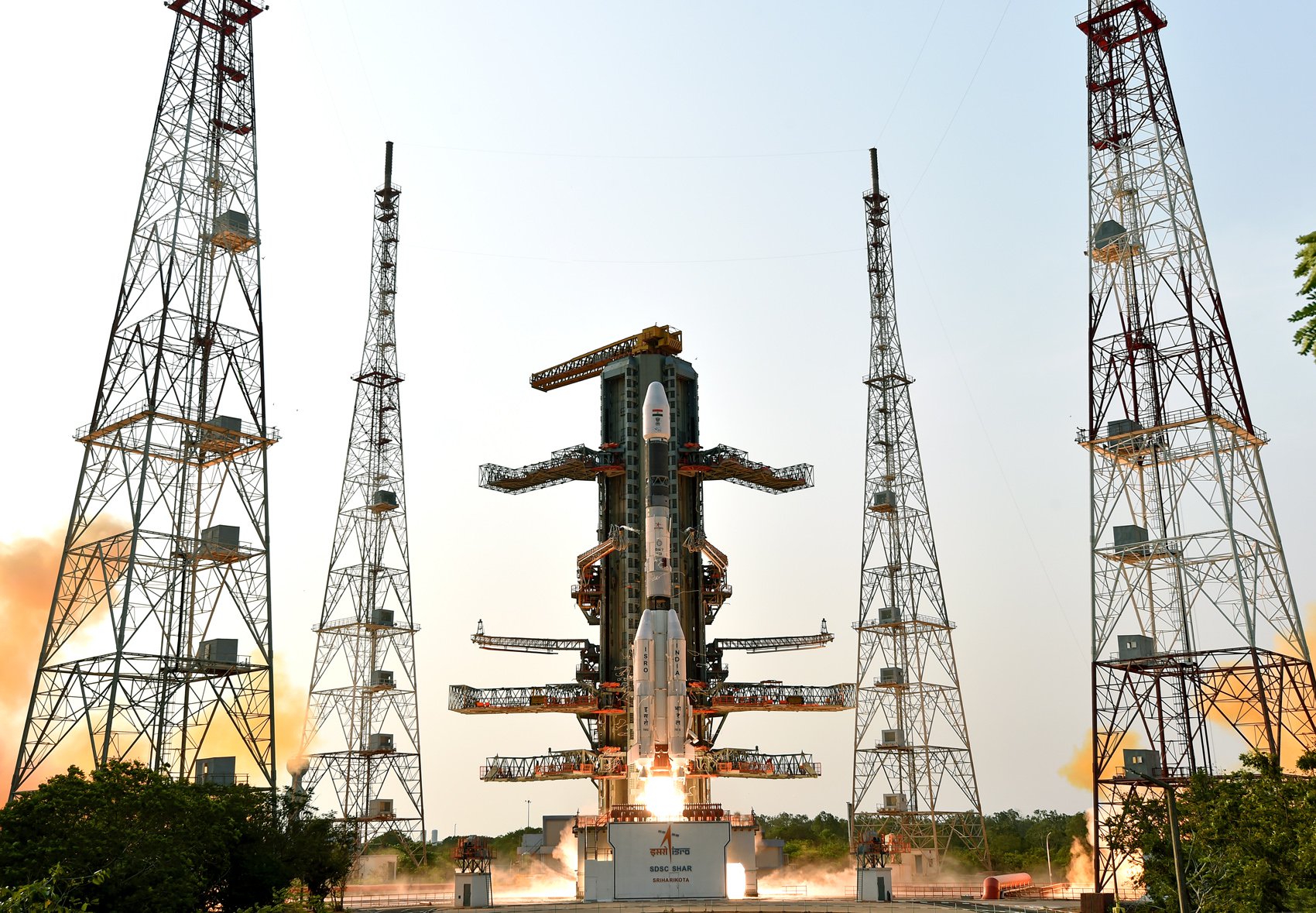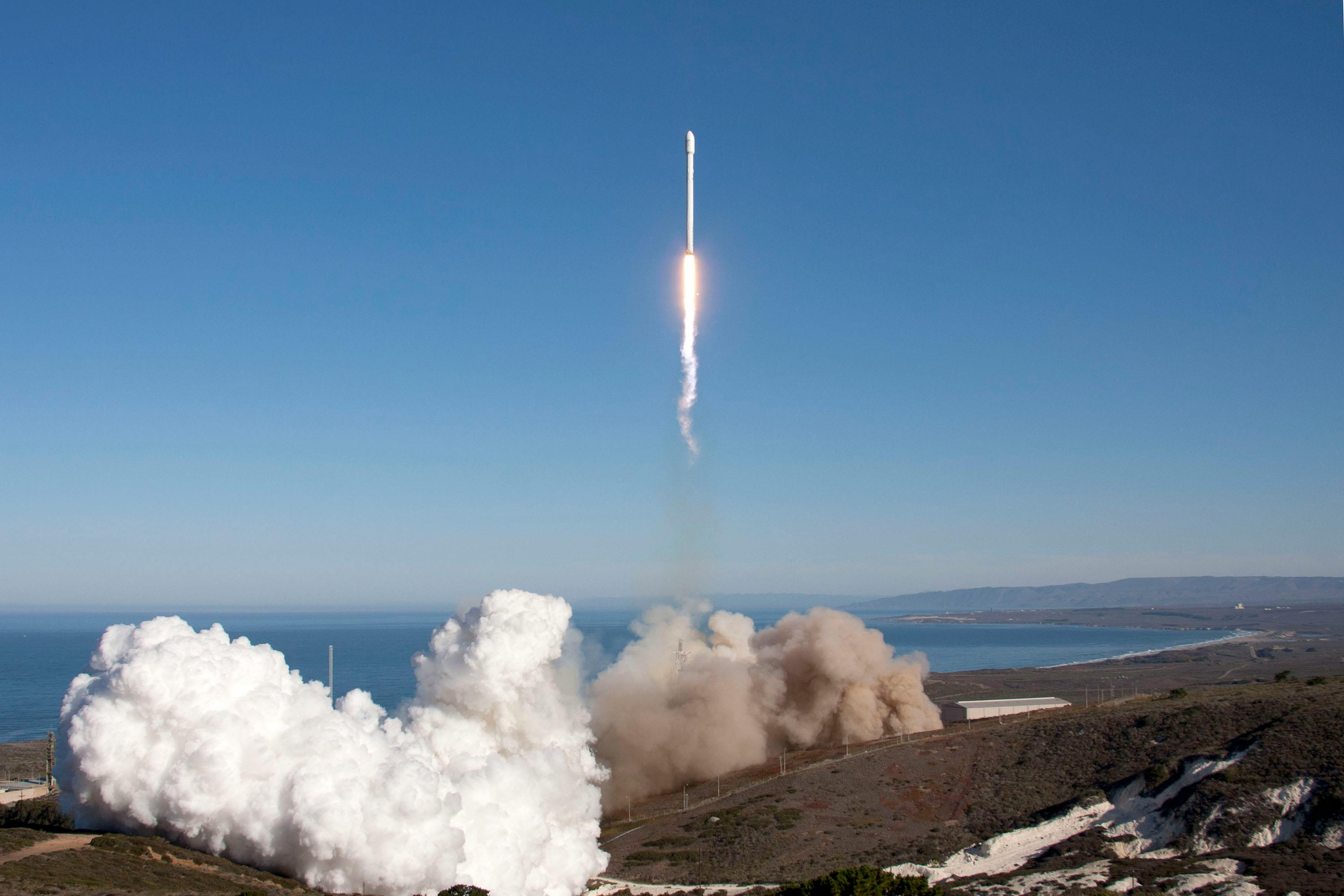· space brief · 5 min read
Space Brief 5 Apr 2025
Today's brief covers the new Space Force operations doctrine, international defense collaborations by the UAE, and satellite tracking technology innovations.

📄Top Stories
The U.S. Space Force has taken a bold move to solidify its position as a primary military service for space operations with the announcement of its first capstone doctrine. Meanwhile, UAE’s defense giant is expanding its technological reach in Brazil, signing key anti-drone and missile agreements. Both developments highlight the increasing complexity and international nature of space defense operations.
📰Detailed Coverage
Space Force Pioneers New Operations Doctrine
The U.S. Space Force has released its inaugural capstone operations doctrine, underscoring space as a contested warfighting domain rather than merely a support function. General Chance Saltzman emphasizes that this doctrine is vital for formalizing the operational structure and strategies needed to maintain U.S. dominance in space.
This doctrine release marks a significant shift in military perspective, framing space as an active domain for military strategy. The implications for satellite tracking are profound, as the doctrine could lead to advancements in satellite monitoring and defensive tactics compatible with our tracking features.
Read the full story: Breaking Defense
UAE Expands Defense Initiatives in Brazil
The United Arab Emirates’ defense technology firm has recently entered into significant agreements in Brazil focused on anti-drone and missile defense systems. This move signifies a strategic expansion into the Latin American market, further solidifying the UAE’s position as a leader in high-tech defense exports.
These developments are part of a broader effort by the UAE to increase its geopolitical influence through defense technology, leveraging its expertise to form international partnerships. As global defense strategies become more intertwined, advancements in space-based surveillance and satellite technology will influence future military collaborations.
Read the full story: Breaking Defense
Investment Surge in Missile Defense Technologies
Lessons learned from naval operations in the Red Sea are spurring increased investment and innovation in missile defense technologies. This includes a focus on strengthening production capabilities and fostering international cooperation to meet the growing demand for advanced rocket motors.
This trend underscores the interplay between military operations and technological advancements, particularly in the realm of missile defenses that can be supported by satellite tracking technologies. These systems rely heavily on real-time data sourced from comprehensive satellite monitoring.
Read the full story: Breaking Defense
UK Defense Group Responds to Economic Impacts
The UK aerospace and defense sectors are grappling with the economic implications following the introduction of new tariffs by the United States. Kevan Craven, CEO of the ADS Group, noted anticipated price increases and a potential scarcity mindset among industry players.
Despite these challenges, the UK sectors remain resilient, with strategic adaptations likely influencing new technology integrations. This includes a greater reliance on satellite-based systems to optimize resource management and logistics within the defense industry.
Read the full story: Breaking Defense
Navy’s Manned and Unmanned Platform Strategy
In a strategic editorial, Steven Wills argues for a balanced naval force comprising both manned vessels and unmanned platforms. This diversified approach is deemed crucial to maintaining effective maritime operations and combating new threats.
The push for unmanned technologies highlights the potential for enhanced satellite communications and control systems, which are integral to the operation and coordination of such platforms. This technological intersection represents a promising frontier for satellite tracking applications.
Read the full story: Breaking Defense
🛰️Satellite Spotlight
- Satellite Name: LACE-1
- NORAD ID: 59118
- Launch Date: 2024 Mar 4
- Mission: The LACE-1 is a technology demonstration mission designed to test new spacecraft technologies in a 6U CubeSat format.
- Orbit: Inclination 97.484°, Period 91.7 minutes, Eccentricity 0.0005692
- Operator: NIWCP
- Fun Fact: The LACE-1 CubeSat was developed using innovative 3D printing techniques to optimize its structure.
Current TLE Data:
1 59118U 24043W 25095.11170834 .00348395 00000+0 28253-2 0 9996
2 59118 97.4840 230.9300 0005692 285.1728 74.8903 15.69687965 60694Track this satellite in real-time on our web app: Track LACE-1
🚀 Upcoming Space Launches
April 6
- SpaceX Falcon 9:
- Starlink Group 6-72 from Cape Canaveral Space Force Station (02:40 UTC) A batch of 28 satellites for the Starlink mega-constellation, SpaceX’s project for space-based Internet communication system.
April 7
- SpaceX Falcon 9:
- Starlink Group 11-11 from Vandenberg Space Force Base (21:35 UTC) A batch of 27 satellites for the Starlink mega-constellation, SpaceX’s project for space-based Internet communication system.
April 8
- Russian Federal Space Agency (ROSCOSMOS) Soyuz 2.1a:
- Soyuz MS-27 from Baikonur Cosmodrome (05:47 UTC) Soyuz MS-27 will carry two cosmonauts and one astronaut to the International Space Station aboard the Soyuz spacecraft. The crew consists of Roscosmos cosmonauts Sergey Ryzhikov, Alexey Zubritsky, and NASA astronaut Jonathan “Jonny” Kim.
April 9
- United Launch Alliance Atlas V 551:
- Project Kuiper (KA-01) from Cape Canaveral Space Force Station (16:00 UTC) Project Kuiper, a mega constellation of satellites in Low Earth Orbit, will offer broadband internet access and is managed by Kuiper Systems LLC, a subsidiary of Amazon.
April 11
- SpaceX Falcon 9:
- Starlink Group 12-17 from Kennedy Space Center (01:43 UTC) A batch of satellites for the Starlink mega-constellation, SpaceX’s project for space-based Internet communication system.
April 14
- Blue Origin New Shepard:
- NS-31 from West Texas Launch Site (13:30 UTC) NS-31 is the 11th crewed flight for the New Shepard program.
April 21
- SpaceX Falcon 9:
- Dragon CRS-2 SpX-32 from Kennedy Space Center (08:15 UTC) The 32nd commercial resupply services mission to the International Space Station, providing critical materials to support science and research investigations onboard.
April 29
- Arianespace Vega-C:
- Biomass from Guiana Space Centre (09:15 UTC) Biomass is a European Space Agency mission to measure the density of carbon stored in the world’s forests using a P-band synthetic aperture radar.
April 30
-
Gilmour Space Technologies Eris-1:
- Maiden Flight from Bowen Orbital Spaceport (00:00 UTC) Maiden flight of Gilmour Space’s orbital launch vehicle Eris.
-
SpaceX Falcon 9:
- Bandwagon 3 (Dedicated Mid-Inclination Rideshare) from Cape Canaveral Space Force Station (00:00 UTC) A dedicated rideshare flight to a mid-inclination orbit carrying dozens of small microsatellites and nanosatellites for commercial and government customers.
Note: Launch dates and times are subject to change due to technical or weather considerations.

Maurice Stellarski




